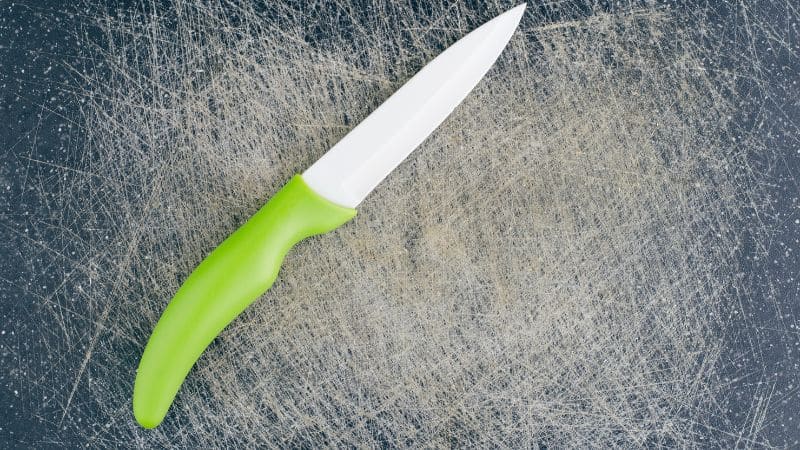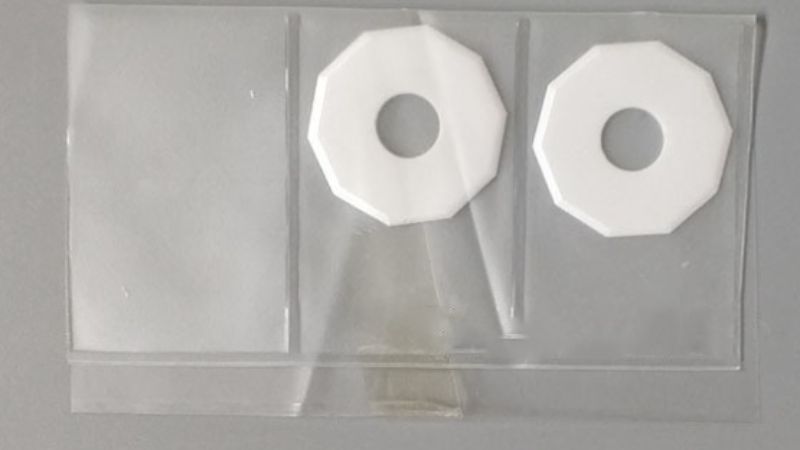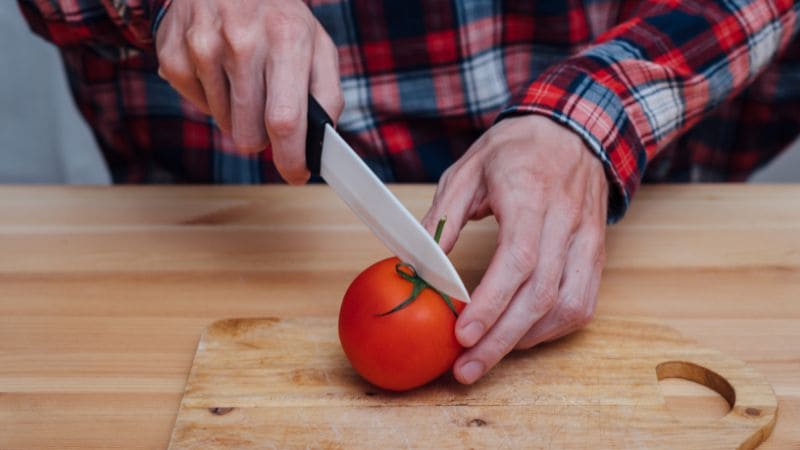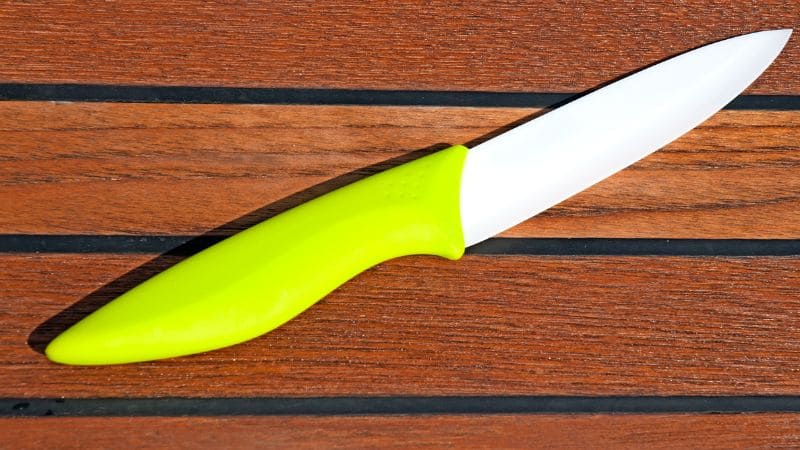Table of Contents
Choosing the right knife for your kitchen can be a difficult task. There are so many different materials and styles to choose from, it can be hard to know which one is right for you. In this comprehensive guide, we will compare ceramic knives and steel knives to help you decide which one is best for your needs. We’ll look at the pros and cons of each material, as well as the benefits and drawbacks of each style. So, whether you’re in the market for your first knife set or just want to learn more about the different options available, read on!
Ceramic knives are often considered to be the better option, as they’re more durable and Dishwasher safe. Steel on the other hand will maintain its sharpness longer than ceramic blades; however it’s not quite as easy care. A lot depends upon what you plan on using your knife for – whether that’s slicing vegetables or filleting fish then a lightweight ceramic cutter might suit best.
What is a Ceramic Knife?
Ceramic blades are a phenomenal cutting choice for the individuals who do a ton of cleaving and dicing in the kitchen and don’t have any desire to whine with the honing necessities of metal edges. There are numerous artistic brands accessible to culinary specialists, and a great ceramic blade will cost under a comparative blade produced using completely manufactured treated steel.
As ceramic blades are not helpful for cutting bones or frozen things (because of the fragility of the sharp edge), they are not a swap for metal kitchen blades in many homes. They fill in as an incredible supplement to high carbon steel blades, in any case, as they are awesome for dicing foods grown from the ground and require little support.
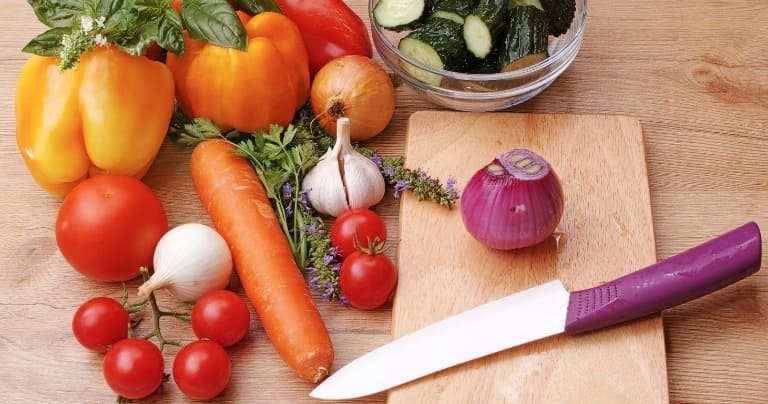
There are a few advantages that ceramic knives have over other types of knives. Clay doesn’t rust, so you won’t ever have rust or oxidation happen on your knives. They are additionally stain-safe, so they will continue to look new after each utilization.
Ceramic doesn’t clutch smell or microbes, so they are extremely simple to clean. They normally have a low stick surface, so most food buildup will essentially wash off with water. Whatever doesn’t wash off can be cleared off with a microfiber material.
Ceramic blades are sharp! A many individuals are astonished when they first see a fired blade. They think “how can earthenware go to slice through anything?” and they might even be put off by it, however when they attempt one, they rapidly acknowledge how well ceramic can cut. Easy cutting through thick and thick food varieties comes simple with sharp ceramic edges.
Whenever you pair that with an agreeable silicone handle that fits entirely in your grasp and has a pleasant grippy, however smooth surface to it, you truly feel the distinction. Clay blades weigh about a portion of a steel blade of a similar size, so there is less strain on your wrist while utilizing these blades.
Ceramic knives arrive in an assortment of tones and have shading choices requests to many individuals. Some lean toward the splendidly shaded handles with the white cutting edges, while others favour dark on dark. This is the sort of thing that you don’t see in different materials.

Advantages of Ceramic Knives
Simple to Clean
In fact, treated steel blades are easy to clean either, however, they do can retain scents and move them. Ceramic knives don’t run that gamble. They additionally don’t stain and are impervious to acids.
They’re Lightweight
Ceramic blades are entirely agreeable to deal with on account of their lightweight. They for the most part gauge half of what a steel blade gauges, which makes slashing and dicing significantly simpler.
No Bacterial Growth
Treated steel blades will more often than not have much more pores and can bring about getting undesirable microbes into your food and stomach. Then again, earthenware blades are non-permeable, and that implies there’s no space for bleakness or microbes to aggregate on.
Besides the fact that this implies that it guards your food against unsafe microscopic organisms, however, it likewise implies that the food you cut will stay new for a more extended measure of time than if you would’ve cut it with a steel blade.
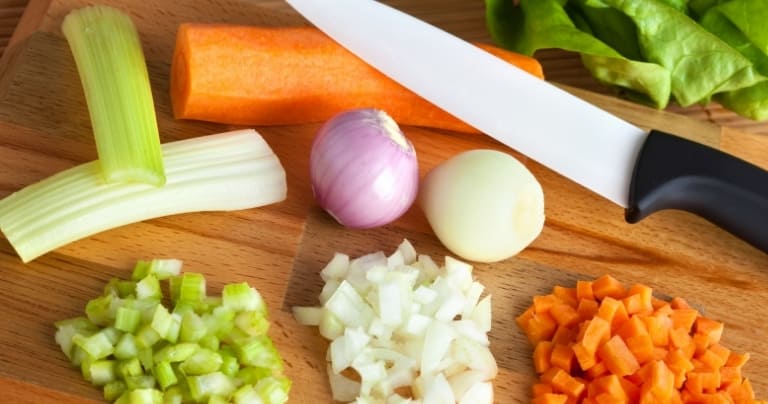
Downsides of Ceramic Knives
Even though ceramic knives are an incredible more up to date item, they do have a few disadvantages. Earthenware blades are not “dishwasher safe.” The justification for this is that they can chip effectively assuming they clunk against one another or whatever else while the dishwasher is running.
They are additionally touchy to outrageous hotness. It is ideal to wash these manually and wipe them dry. Indeed, even with washing manually, you might be mindful to not allow the clay cutting edges to hit anything hard or you might have a lump of dainty, honed artistic sever.
Another potential disadvantage is that ceramic blades will more often than not come in more modest sets, so assuming you rant a spic and span full arrangement of blades, you probably won’t have the option to view as a whole set, with a blade block without any problem.
Ultimately, ceramic knives are not appropriate for slicing through bone or frozen food sources
What is a Steel Knife?
Stainless steel contains at least 10.5% chromium content. This component responds with another component, oxygen, to make a slight layer that safeguards the tempered steel from erosion. Consequently, it decreases the chance of the steel rusting.
We should take note of that the higher the chromium content in treated steel, the better its erosion opposition. For instance, treated steel with 11% chromium content is less tough than steel with 15%. The previous is likewise generally less expensive than the last option. With a hardened steel blade, you’re sure of keeping away from rust for quite a while, however your hunting or kitchen device isn’t completely protected from rusting whenever took care of inappropriately.
Advantages of Steel Knives
Impervious to rust and consumption
As we referenced before, hardened steel blades contain at least 10.5% chromium content. This component is included the assembling of hardened steel blades to forestall instances of rust and consumption.
Thinking about the way that most blades, particularly culinary specialist blades, are utilized in wet circumstances that make them inclined to rust, chromium is a fundamental expansion to the material. Furthermore, hardened steel blades don’t pollute food, making them alright for expert and home use. Because of their high chromium content, hardened steel cuts likewise oppose fire and hotness, in this manner holding their solidarity at high temperatures.
Edge Retention
While picking a blade – whether for endurance or kitchen – edge maintenance of the item is a typical variable forthcoming purchasers consider. This is nothing unexpected on the grounds that a blade’s edge maintenance decides how lengthy the blade will keep its sharpness when utilized routinely.
Almost certainly, you don’t need a blade that will require resharpening after each utilization. You need a blade that will hold its sharpness for an extensive stretch. Hardened steel is a blade material that offers that extraordinary edge maintenance. With a tempered steel blade, you will not need to hone your apparatus each and every other week.

Simple to hone
An undisputed reality about steel knives – including the best ones – is that they don’t hold their sharpness. Basically, they will require resharpening sooner or later when the edges become dull. Most likely, you need a blade that is not difficult to hone for this situation.
Hardened steel blades are very simple to hone on account of their somewhat delicate piece. With the assistance of an essential blade sharpener, you can resharpen your treated steel blade without problem.
Simple to keep up with
Who needs to go the entire day really focusing on a blade to hold it back from getting harmed? Basically nobody needs that avoidable pressure. Commonly, corroded blades require additional consideration to get the rust off. This isn’t true with tempered steel cuts that commonly don’t rust on account of their protection from consumption. Henceforth, these blades require low upkeep.
Additionally, tempered steel blades have a smooth and non-stick surface that makes them simple and fast to clean.
High strength
Contrasted and gentle prepares, tempered steel blades have a lot higher elasticity. On account of their consumption safe and solid nature, they have decreased thickness, making them more prudent. Assuming you are searching for a solid and tough blade, you will get those characteristics in a hardened steel blade.
Disadvantages of Stainless Steel Knives
Notwithstanding the many benefits of hardened steel blades, they have weaknesses that might put a few trackers or culinary experts down. Some may anyway choose to disregard these drawbacks relying upon their inclinations. Underneath, we will talk about the couple of cons of hardened steel blades
Not exceptionally sharp
Tempered steel blades are very sharp yet contrasted with their rivals, for example, carbon steel blades, they are not sufficiently sharp. This is on the grounds that tempered steel blades don’t hold an edge as well as carbon steel blades and some others. Thus, assuming that you want a very sharp blade, a treated steel model probably won’t be the ideal choice for you.
Relatively Expensive
One more con of purchasing hardened steel blades is, they will quite often be more costly than a portion of their rivals that offer a similar degree of sharpness. In this manner, purchasing a treated steel blade probably won’t be a possibility for you in the event that you’re on a careful spending plan.
Comparing and Contrasting Ceramic and Steel Knives
Contrasting a ceramic knife next with a steel knife of similar cost, ceramic blades show up more honed and sturdier. Ceramic cutting edges will generally go the entire way through the handle so they are considerably less prone to sever where the sharp edge and handle meet.
Most ceramic blades likewise have heavy silicone grasps which feel decent in the hand and normally look much more pleasant than the more modest plastic or wooden handles.

